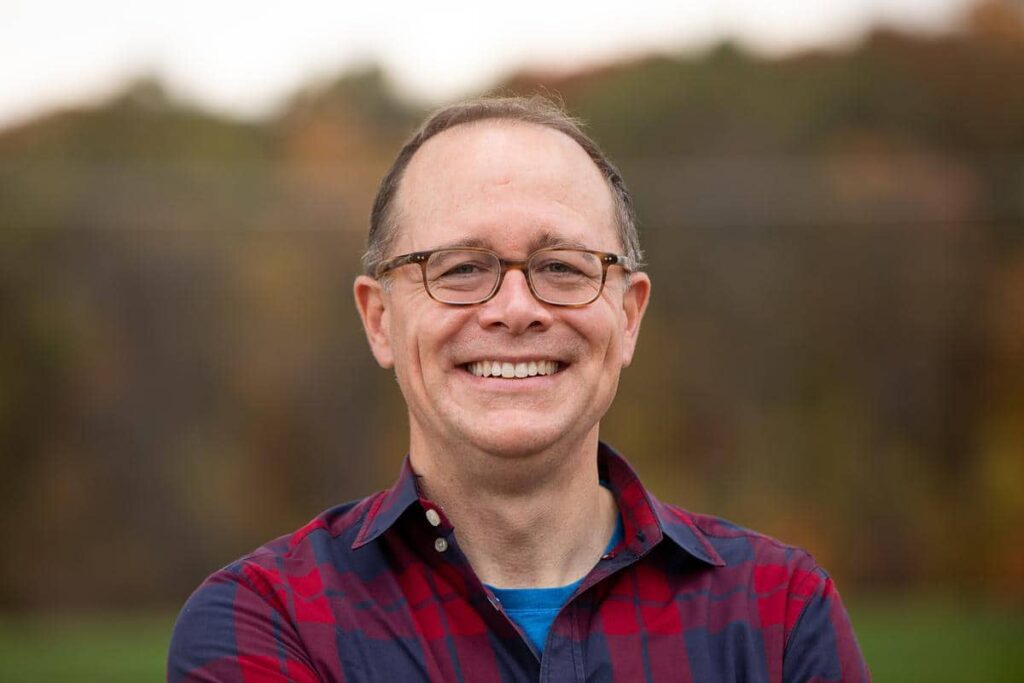Opening in fall 2025, Clark’s new School of Climate, Environment, and Society is a bold and exciting response to the world’s most pressing call to action. The School builds on Clark’s long legacy of climate-related work in the natural sciences, social sciences, and humanities — accelerating the discovery of human‑focused, community‑centered solutions.
Achieving positive change
Study and work alongside others to untangle the interconnected climate, environmental, societal, and economic crises, and develop solutions.
Degrees and Programs
Collaborating across borders
In engaging with communities and practitioners locally and globally, we advocate for collaboration and integration of ideas, practices, and systems.
Our ImpactIntegrating scholarship
Our faculty come from across the university, contributing deep expertise in conservation, earth science, economics, geography and GIS, sustainability and social justice, and urban issues.


Meet the Dean
In May, Lou Leonard, JD will formally join us as Clark’s D.J.A. Spencer Dean of the School of Climate, Environment, and Society.
Meet The Dean“We recognize climate and global change as the most defining challenge of our time — a human problem requiring human solutions that are just, equitable, and sustainable.”

About us
Positive impact in the world is our guiding mission. We prioritize adaptable, problem-centered outward engagement, challenging business-as-usual and preparing next-generation leaders to address complex 21st-century problems.

Our legacy
Since 1939, Clark has been at the forefront of research and activities related to climate and global change.
